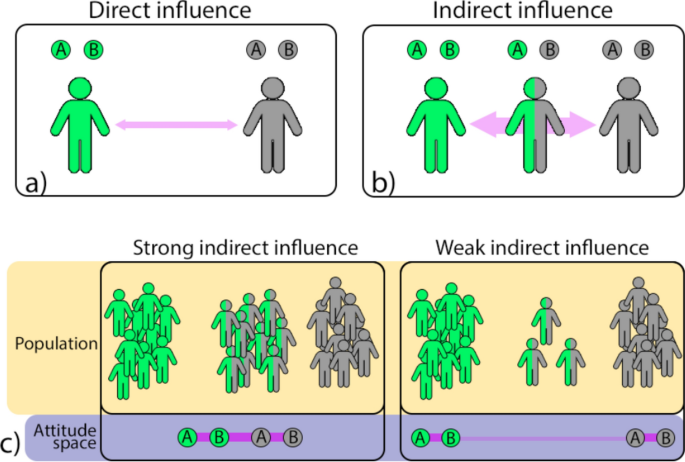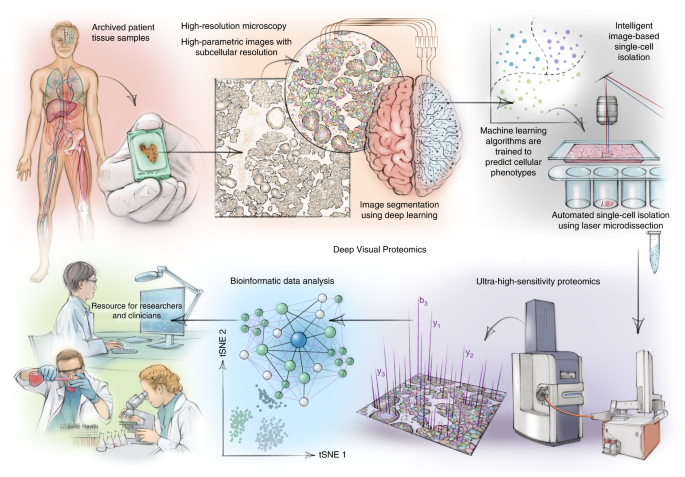2022-05-20 スウェーデン・リンショーピング大学
通常、脳内では、細胞の活動を促進する信号と抑制する信号のバランスがとれています。てんかんの場合、このバランスが崩れ、神経細胞からの信号が制御不能になります。この患者さんで変異したイオンチャネルは、通常、神経のシグナル伝達を抑制する作用があります。
このイオンチャネルで興味深いのは、機能を高める変異と低下させる変異の両方が、てんかんに関係していることです。適度な活性がないと、てんかん発作のリスクが高まるようです
研究チームは、多様な実験手法を用いて、細胞が変異型チャネルタンパク質を生成することはできるが、それを細胞表面膜に輸送することができないことを突き止めた。変異型チャネルは細胞内に閉じ込められたままであるため、測定可能なイオンチャネル活性は見られなかった。
<関連情報>
- https://liu.se/en/news-item/liten-genforandring-med-stor-effekt-ger-nya-ledtradar-om-epilepsi
- https://www.pnas.org/doi/10.1073/pnas.2113675119
てんかんに関連したKV1.2電荷移動中心変異はKV1.2およびKV1.4トラフィッキングを阻害する An epilepsy-associated KV1.2 charge-transfer-center mutation impairs KV1.2 and KV1.4 trafficking
Michelle Nilsson, Sarah H. Lindström, Maki Kaneko, Kaiqian Wang, Teresa Minguez-Viñas, Marina Angelini , Federica Steccanella, Deborah Holder, Michela Ottolia, Riccardo Olcese, and Antonios Pantazis
Proceedings of the National Academy of Sciences Published:April 19, 2022
DOI:https://doi.org/10.1073/pnas.2113675119

Abstract
We report on a heterozygous KCNA2 variant in a child with epilepsy. KCNA2 encodes KV1.2 subunits, which form homotetrameric potassium channels and participate in heterotetrameric channel complexes with other KV1-family subunits, regulating neuronal excitability. The mutation causes substitution F233S at the KV1.2 charge transfer center of the voltage-sensing domain. Immunocytochemical trafficking assays showed that KV1.2(F233S) subunits are trafficking deficient and reduce the surface expression of wild-type KV1.2 and KV1.4: a dominant-negative phenotype extending beyond KCNA2, likely profoundly perturbing electrical signaling. Yet some KV1.2(F233S) trafficking was rescued by wild-type KV1.2 and KV1.4 subunits, likely in permissible heterotetrameric stoichiometries: electrophysiological studies utilizing applied transcriptomics and concatemer constructs support that up to one or two KV1.2(F233S) subunits can participate in trafficking-capable heterotetramers with wild-type KV1.2 or KV1.4, respectively, and that both early and late events along the biosynthesis and secretion pathway impair trafficking. These studies suggested that F233S causes a depolarizing shift of ∼48 mV on KV1.2 voltage dependence. Optical tracking of the KV1.2(F233S) voltage-sensing domain (rescued by wild-type KV1.2 or KV1.4) revealed that it operates with modestly perturbed voltage dependence and retains pore coupling, evidenced by off-charge immobilization. The equivalent mutation in the Shaker K+ channel (F290S) was reported to modestly affect trafficking and strongly affect function: an ∼80-mV depolarizing shift, disrupted voltage sensor activation and pore coupling. Our work exposes the multigenic, molecular etiology of a variant associated with epilepsy and reveals that charge-transfer-center disruption has different effects in KV1.2 and Shaker, the archetypes for potassium channel structure and function.


